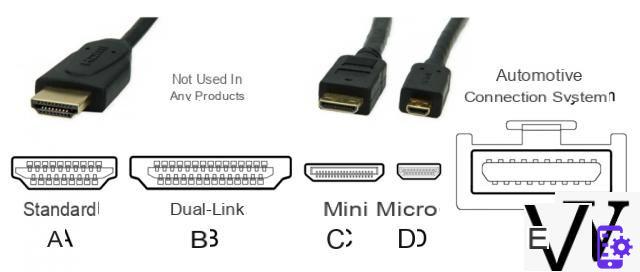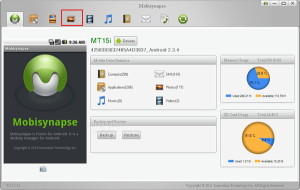
Let's take stock of self-driving cars, which in recent years have been making people talk more and more about themselves. Let's find out what they are, how they are classified, thanks to which technologies they work and how safe they are.
What is a self-driving car
It does not take an excessive effort of imagination to imagine what a self-driving car, or autonomous car, is. It is a vehicle that can relieve the driver of almost any driving task.
Even if that almost, we add, in the projects of some entrepreneurs could soon be deleted. Elon Musk said this, promising that Tesla cars will soon be able to reach level 5, or the degree of complete autonomy.
How self-driving cars work
In a nutshell, through a complex system of cameras, sensors, radar, hyper-fast connection, control units and on-board computers, the autonomous cars are able to recognize the external environment and organize navigation without the need for human intervention.
The environment is analyzed with different techniques including radar, lidar (which allows you to determine the distance to an object using a laser pulse), the global navigation satellite system and computer vision.
All information received is processed by an advanced control system, which identifies signs, obstacles and the most appropriate route.
Self-driving cars are also capable of updating their maps based on sensory input.

The classification of self-driving cars
Speaking of Tesla models, Elon Musk referred to level 5, the last of the six levels in which autonomous cars are classified.
We start from level 0, where there is no autonomy, to get to the level 1, in which the pilot - who must always take care of all aspects of driving - is helped by visual or acoustic alarms on dangerous or unfavorable conditions. The responsibility still rests entirely with the driver.
With the level 2 we are already at a partial automation of the vehicle: the car can intervene with safety systems such as assisted and emergency braking, as well as being able to keep the lane.
Il level 3 is that of conditioned automation: the car completely manages driving in ordinary situations. The driver is only asked to intervene in adverse conditions.
High automation is achieved with the level 4. We are one step away from absolute autonomous driving. This is the case of robotaxis, ie the driverless taxis that Waymo is experimenting with in the United States. The only limitation: the system cannot be activated under certain conditions, such as in case of severe weather.
Complete automation is achieved - for now only in theory - with the level 5. The car, which does not require a steering wheel and pedals, is always and constantly autonomous.
Self-driving cars: the problem of responsibility
Even if the manufacturers, for promotional reasons, speak too casually of autonomous driving, to date, vehicles that can be purchased by individuals have reached level 3 of the degree of automation at the most.
The difference isn't just about nomenclature or technology. If we are still in the field of assisted driving, in fact, the responsibility is still entirely borne by the driver.

Self-driving cars: the problem of safety
Autonomous cars are being developed to reduce the risk of road accidents by more than 90%. The prospect is to save millions of lives. Secondly, greater mobility would be guaranteed to disabled people or people with reduced mobility, and traffic would improve, with consequent lower CO2 emissions.
However, self-driving tests have claimed several lives. And others have been caused by overconfidence in the automation systems already in use in some cars (such as Tesla electric cars equipped with Advanced Autopilot).
Ma who has the civil and criminal liability in accidents caused by autonomous driving systems?
The subject is the subject of intense debate and analysis, and from a legal point of view, a solution has not yet been reached. In fact, it remains to be decided how to divide the responsibilities between the owner and (partial) driver of the car, the company that produces the car and the one that produces the driving software.
Discount The driver in the unmanned car. How not to miss the ...
The driver in the unmanned car. How not to miss the ...
- Wadhwa, Vivek (Author)
Legislation in Italy
While the EU is working on common regulation on all types of autonomous transport by road and rail, in Italy in 2018 the Ministry of Transport issued the Smart Road Decree, which contains new rules for testing self-driving vehicles on public roads. The text identifies autonomous cars as equipped "with technologies capable of adopting and implementing driving behaviors without the active intervention of the driver, in certain road areas and external conditions". And it has set up a technical observatory to coordinate the various initiatives and experiments, and to support studies and research on the subject of safety.
In conclusion: it seems that for now self-driving cars are going… faster than the law.


























